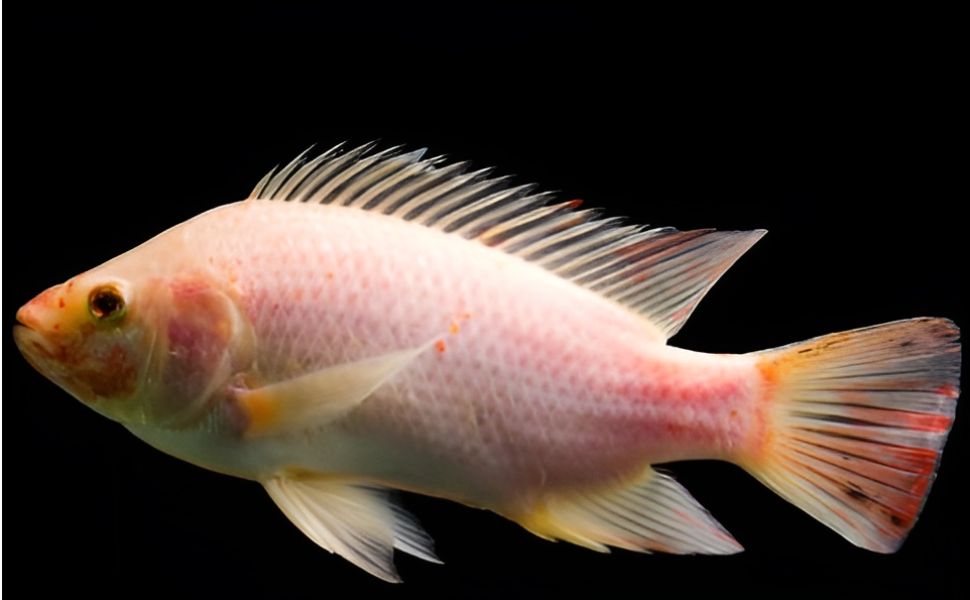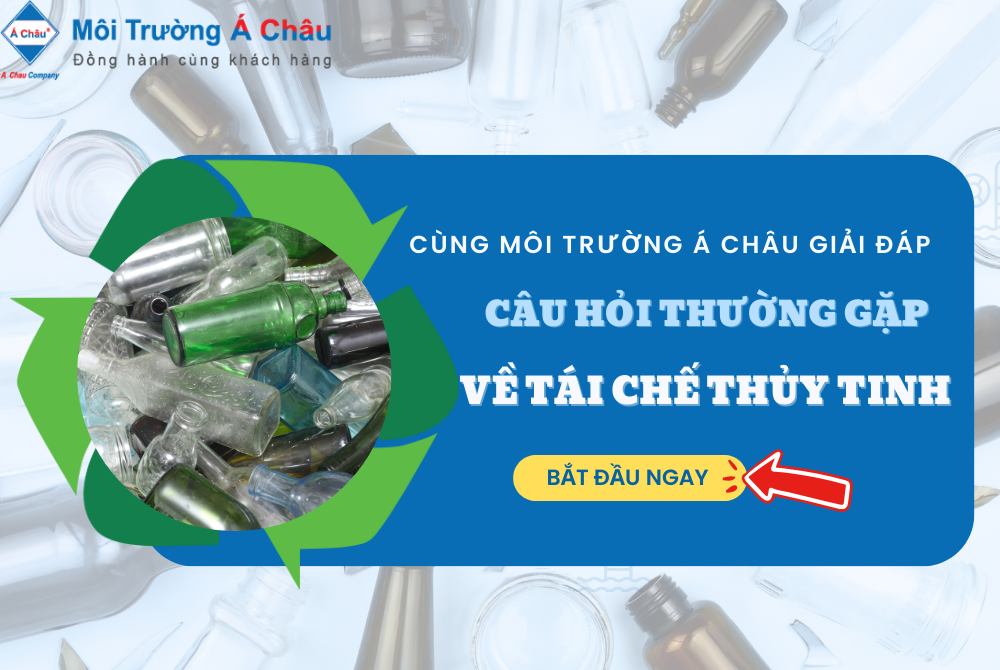Fish scales have the potential to authenticate goods.
Scientists developed a mechanism for transmitting encrypted communications using fish scales. This technique not only helps to recycle waste in the processing of seafood but is also less expensive than other solutions like special inks.

Researchers from the National University of Singapore, led by Prof. Sow Chorng Haur, pioneered this approach. Potential uses include printing authenticity labels on product packaging that are difficult for counterfeiters to read and replicate.
The procedure entails carefully heating discarded fish scales, which are made of hydroxyapatite with interlaced collagen strands. High temperatures irreversibly alter the chemical structure of these compounds, causing them to glow vivid blue when exposed to UV light. If not heated, the fish scales shine faintly in a mild blue colour. More crucially, when not exposed to UV light, the heated fish scales resembled a field of raw fish scales.
Scientists generally employ the scales of the extensively farmed red perch for study, but studies using scales from other species demonstrate that they perform just as well. The best results were obtained by heating the fish scales to 270 ºC (518 ºF) for 3 minutes, after some trial and error. Higher temperatures produce a more substantial lighting effect, but the fish scales burn and become weak.
This technology can show characters (such as letters, numerals, and symbols) in two ways. First, several hot fish scales may be arranged to make the shape of a specific character. In this circumstance, they would be hidden against a background of untreated fish scales.
Alternatively, an ultra-thin laser may be used to melt a sample onto a small piece of a single fish scale, resulting in a tiny character that can only be seen with an entire light source, such as UV, and a microscope, such as a tattoo. Furthermore, it does evoke memories of the serial-numbered snake scales in the film Blade Runner.
Heating fish scales increases their surface porosity, allowing them to preferentially absorb a hazardous industrial dye called Rhodamine B from water. Polluted. In laboratory studies, treated fish scales eliminated 91% of the pollutants from polluted water samples in just 10 minutes. These fish scales may be "CLEANED" using ultrasound and reused in water filtration systems or test kits to detect the presence of dyes in water samples.
In addition, when fish scales containing Rhodamine B are exposed to blue light, they glow orange. This feature, along with the fish scales' propensity to glow blue under UV light, adds an extra degree of security to their usage in packaging or other applications.
An essay on this research was published in the journal Nature Communications.
Source: www.trithuckhoahoc.vn













